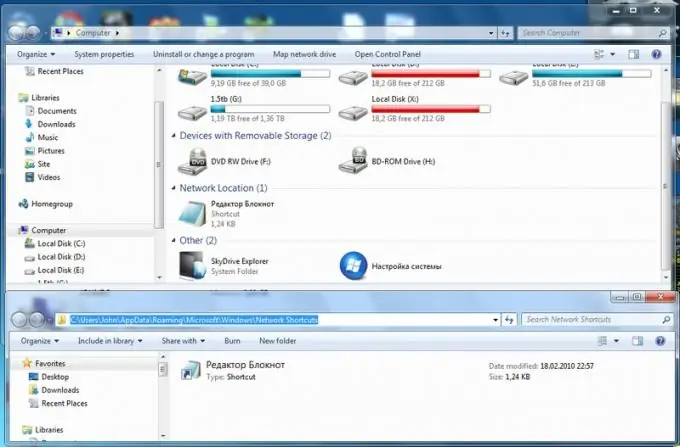And now the crucial moment comes - we insert the USB flash drive into the USB port of the computer, from all the huge contents we find a bunch of files we need, select them, and transfer them to the desktop. This is followed by agonizing minutes of waiting, but at the very last moment an error pops up that the computer's memory is full, nothing else can be written down, but everything that can be deleted must be deleted. And as for evil, just the most necessary file was not copied … It's a shame. To prevent this from happening again, you need to know how much space is left. And for this you need to either know or watch. What, in principle, we are going to do now.

Instructions
Step 1
And it seems that technical progress has stepped so far that hard drives with a volume of terabytes appeared (and this is as much as 1024 gigabytes, as we know from the computer science course), but this is already becoming insufficient. Though constantly buy and buy.
Step 2
Although, on the other hand, there are other ways to work with the amount of memory. You can compress it, periodically clean it up, in general, there are many ways, but now that's not about that.
Step 3
Back to the original topic - how do you know how much free space is left? And not only on the hard disk of your computer, but in general?
In principle, this is not all that difficult. If you think about it, then the owners of the Windows 7 operating system may not puzzle themselves with this question, because thanks to the changed settings and the improved interface, you can observe the free volumes of any digital media and your own hardware without unnecessary actions. All you need to do is go to "My Computer", and the fullness of this or that device will be displayed there with a beautiful strip.
Step 4
If there is no such operating system, and we are the modest owners of previous versions of systems, then we will have to take several steps. To begin with, we also go to "My Computer". Then we select the device we need (hard drive, flash drive, etc.), right-click on it, which brings up the context menu.
Step 5
In the menu that appears, we lower our eyes and the mouse cursor to the very bottom, where the "Properties" tab is safely located. If you activate this item of the context menu, a window will open, where the pie chart shows the amount of used and free space on the media. Typically, the occupied area is indicated in blue, and the vacant area is indicated in pink. In addition, full statistics of files and folders on the media will be provided.






